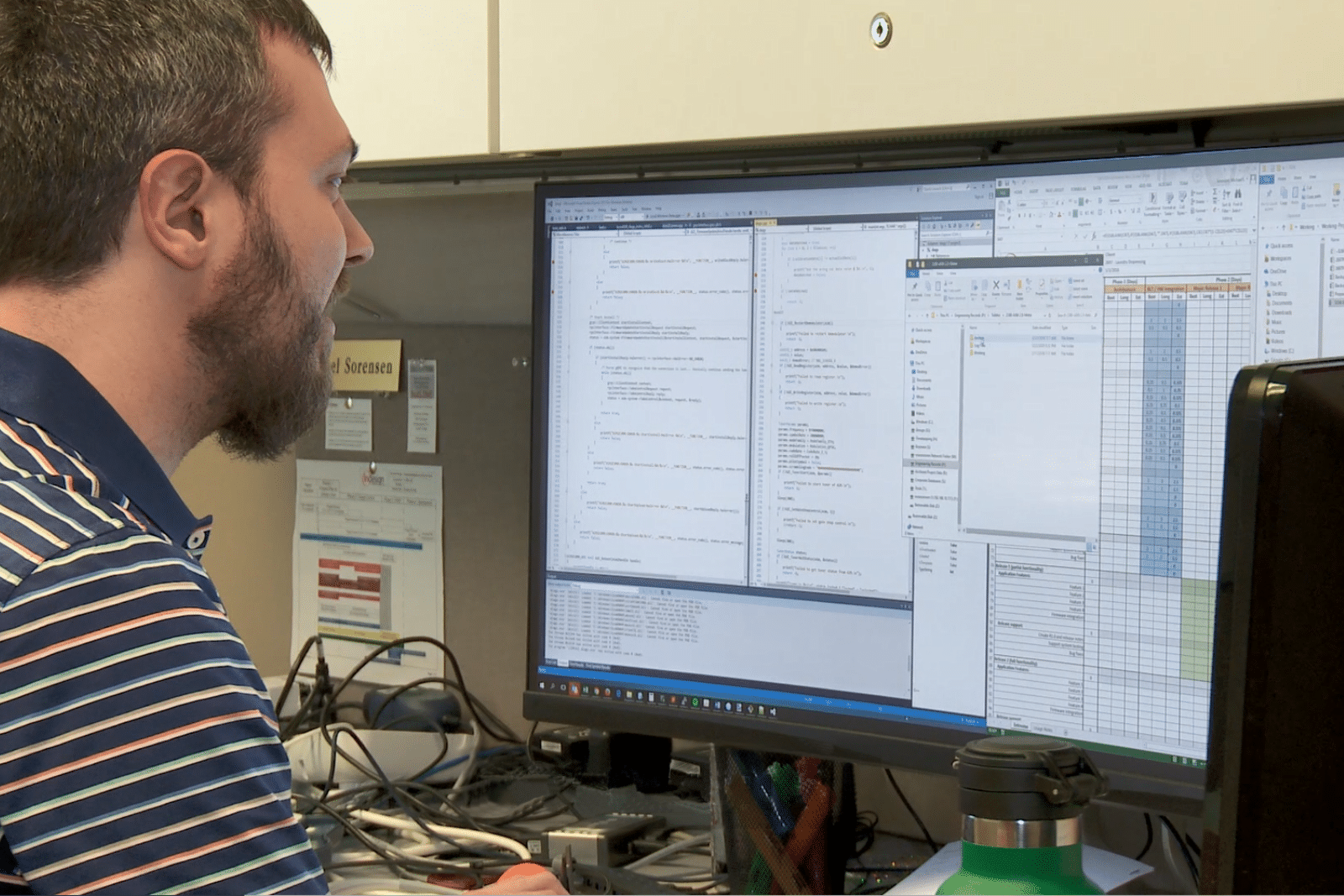
In today’s rapidly advancing technological landscape, we often take for granted the level of precision and accuracy in location-based services. From navigation systems in our cars to mapping applications on our smartphones, GPS (Global Positioning System) technology has become an integral part of our daily lives. However, when it comes to applications that require centimeter-level accuracy, standard GPS may fall short. That’s where GPS RTK (Real-Time Kinematic) comes into play, revolutionizing precision with its unparalleled accuracy.
Understanding GPS RTK
RTK is a satellite navigation technique that provides real-time, highly precise positioning information. Unlike traditional GPS, which typically offers accuracy within a few meters, GPS RTK can achieve centimeter-level accuracy. This significant improvement is made possible by employing a fixed base station and a rover receiver.
The base station is a stationary GPS receiver with a precisely known position. It collects raw GPS data and performs calculations to determine the error factors in the signals received from satellites. An RTK system can use either a local base or a remote base. A local base is typically managed by the user of the system and communicates over a short-range wireless network. A remote base is typically managed by a third party and transmits its correct data via the internet.
The rover receiver is a mobile device used to collect data at the desired location. It receives the corrected signals from the base station, which enables it to calculate its position with extreme accuracy in real-time.
How GPS RTK Works
GPS RTK technology relies on a process known as carrier-phase tracking. In this process, the carrier phase of the satellite signals is measured and used to determine the exact distance between the satellite and the receiver. However, due to atmospheric disturbances, satellite clock errors, and other factors, the carrier phase measurements by a rover alone are not sufficient to achieve high precision.
To overcome these limitations, an RTK base station receiver continuously tracks the carrier phase of each satellite signal and compares it to its known position. By calculating the difference between the measured carrier phase and the known carrier phase at the base station, the base station can determine the error in the satellite signals.
The base station then transmits the correction data to the rover receiver, which applies the corrections to its own measurements. With the corrected data, the rover receiver can calculate its position with centimeter-level accuracy, even in real-time.
Challenges and Limitations
GPS RTK technology faces challenges and limitations including line-of-sight obstructions, limited range, dependence on a base station, and increased cost. Physical obstacles, such as buildings and trees, can weaken or block GPS signals, while the range between the base station and rover receiver affects the quality of corrections. This range issue can be mitigated by using a local base, though a local base can limit the portability of the system and increases overall system cost.
GPS RTK at Indesign
At Indesign, we’ve worked extensively with RTK solutions from a variety of vendors such as Ublox and Quectel. Both Ublox and Quectel have a variety of offerings ranging from lower performance and lower cost modules that can only resolve accuracy to the decimeter range, all the way up to peak performing modules that can take advantage of the full accuracy resolution enabled by the underlying technology of RTK.
With high levels of precision comes the requirement for tight control of electrical and environmental parameters for a solid implementation. RTK modules can be very susceptible to fluctuations in temperature or communication throughput bottlenecks. With our experience in robust product design, Indesign can ensure the move from prototype to finished product will result in a reliable and highly accurate RTK application.
For one project at Indesign, we integrated GPS RTK into a client’s complex install process where thousands of a product that they manufacture are permanently installed in a harsh construction environment. The system we designed precisely recorded the position of each individual unit as it was installed and saved it to a database. With just a bit of filtering, we were able to repeatably locate and return to previously recorded positions of the units to within +/- 2cm, even in a rugged construction field environment.
Future Outlook
As GPS RTK technology progresses, we can expect it to become even more accessible, portable, and cost-effective, making precision positioning capabilities available to a wider range of applications and industries. At Indesign, we are excited to explore new opportunities with our clients and leverage GPS RTK technology to bring innovative and ground-breaking location-based products to market.
About Indesign, LLC
Indesign, LLC is a multi-discipline engineering design firm that provides full turnkey electronic product development to allow clients to get their new product ideas into the market quickly. We provide specific design engineering services and expertise in electrical design, RF/wireless design, embedded software design, and mechanical design. Our broad experience in electronic product development is evident in the wide variety of products we have designed for our clients. To learn more about us and our services, contact us at (317) 377-5450 today!
